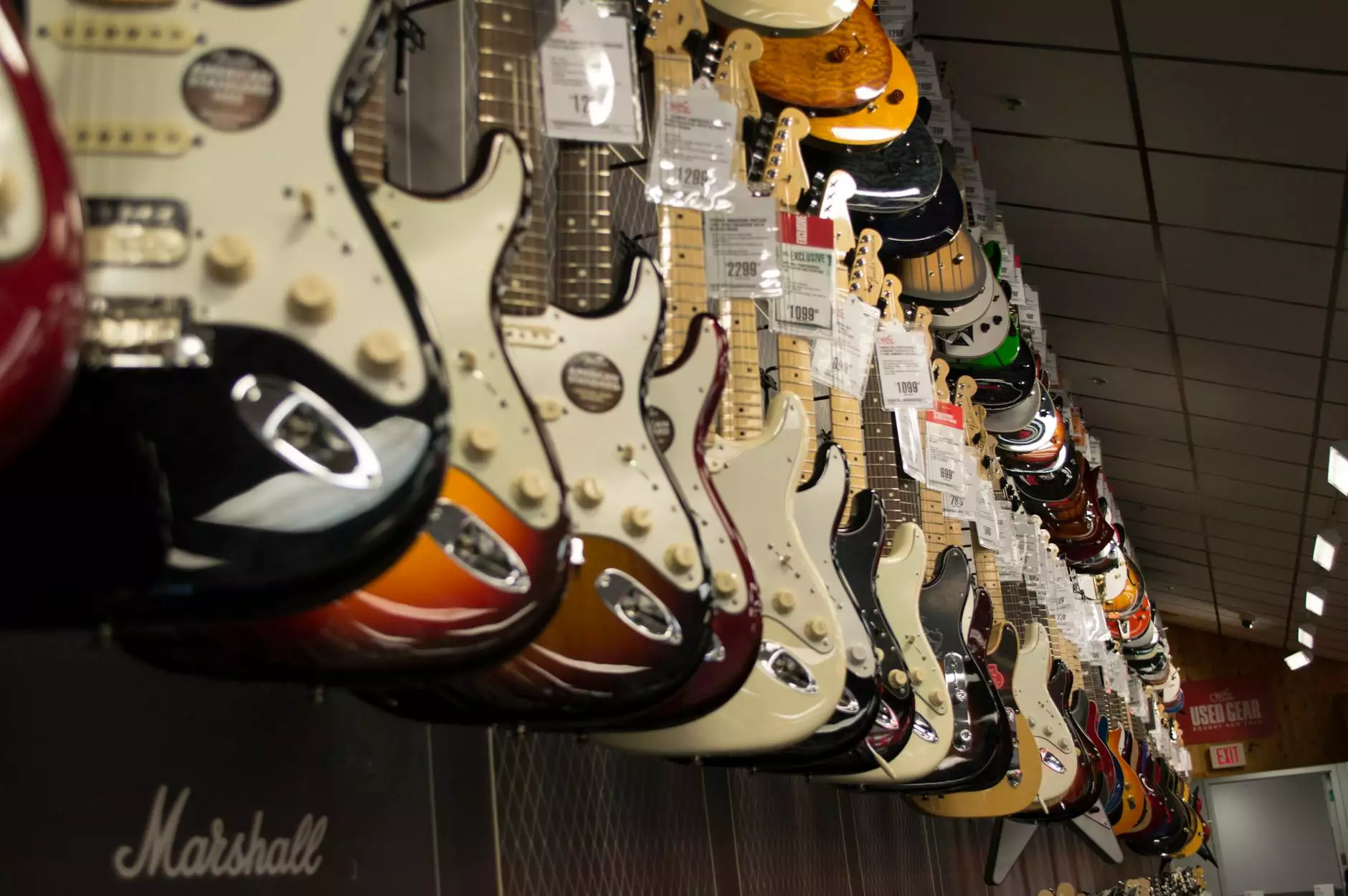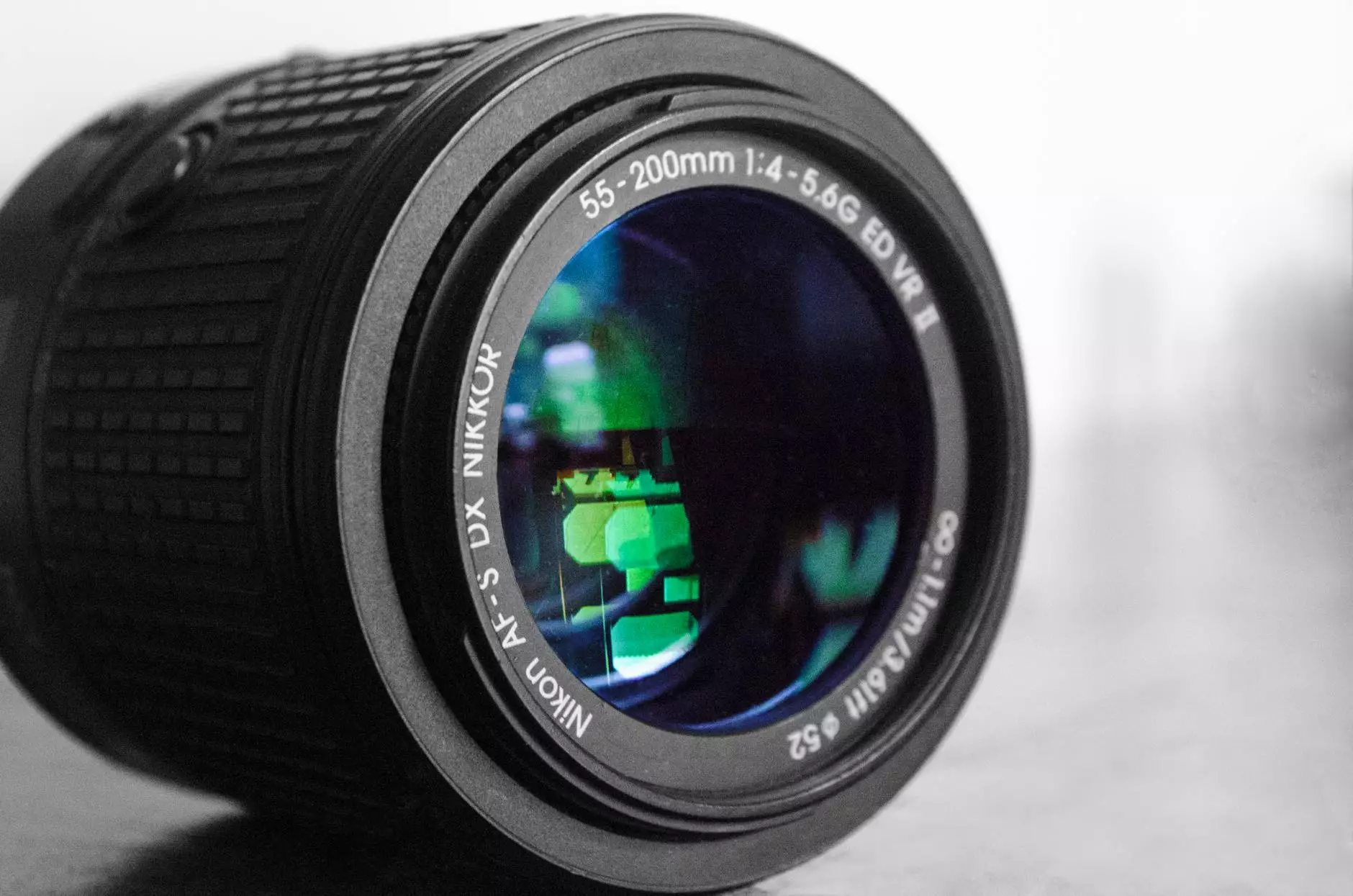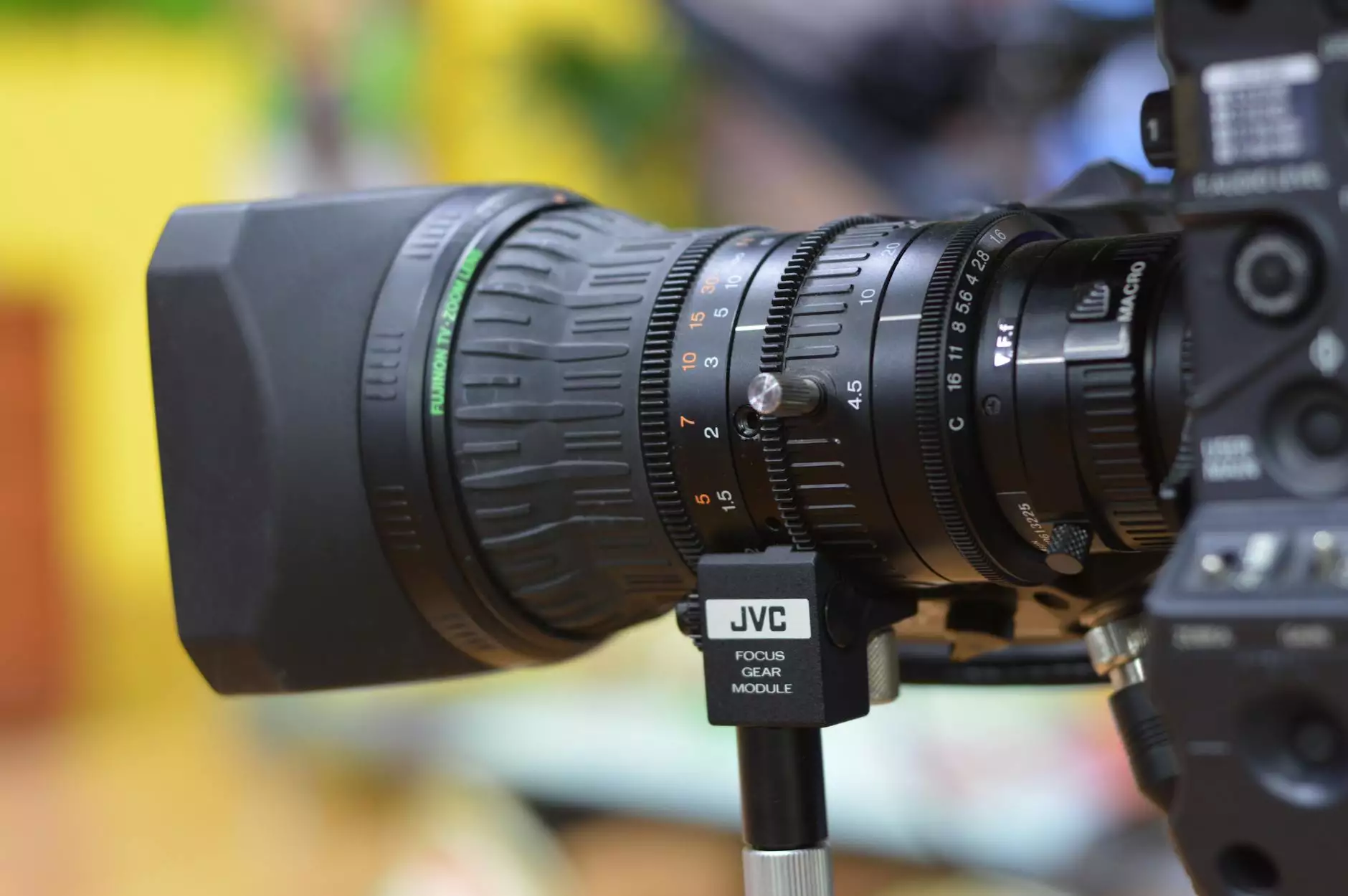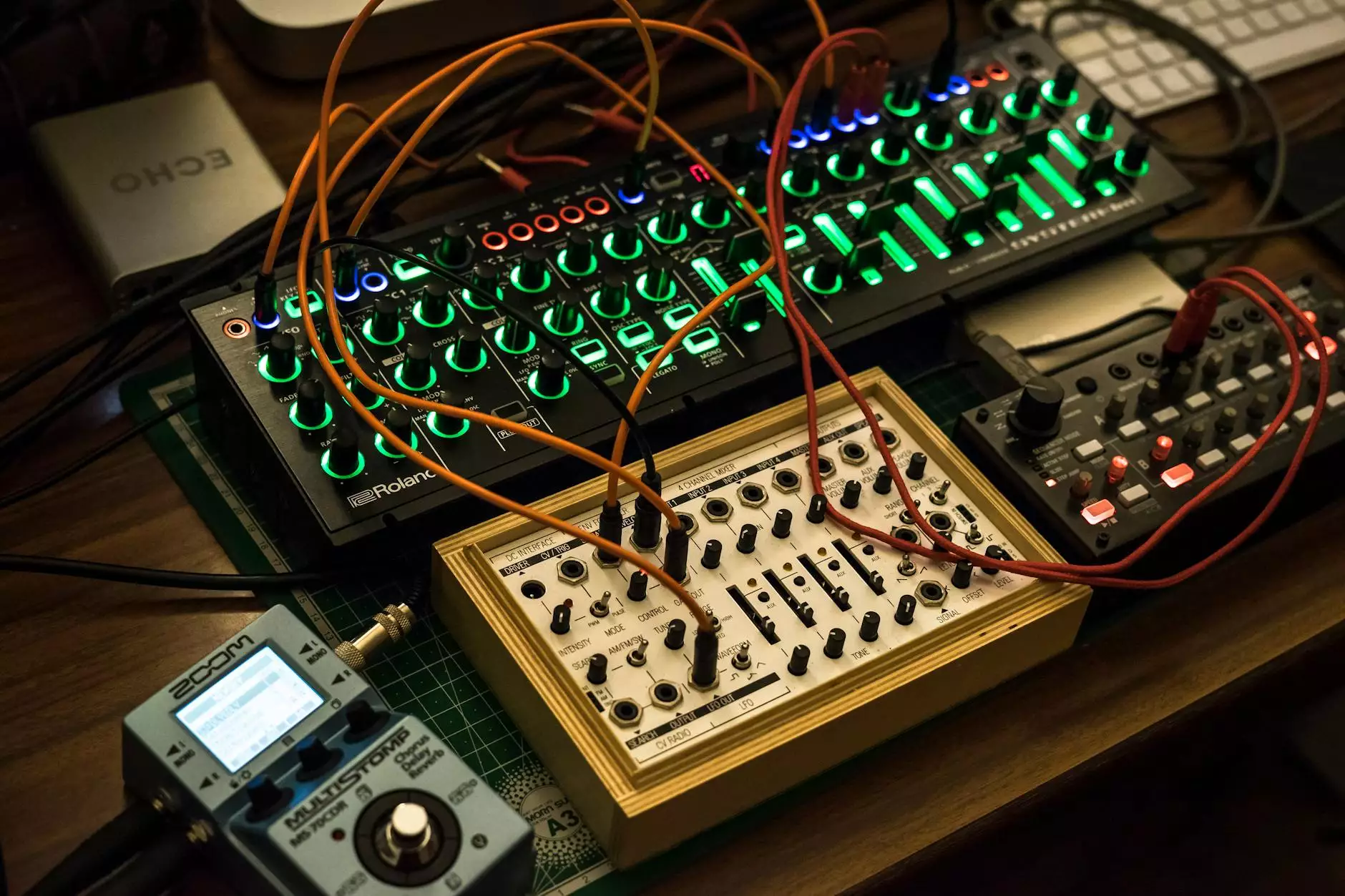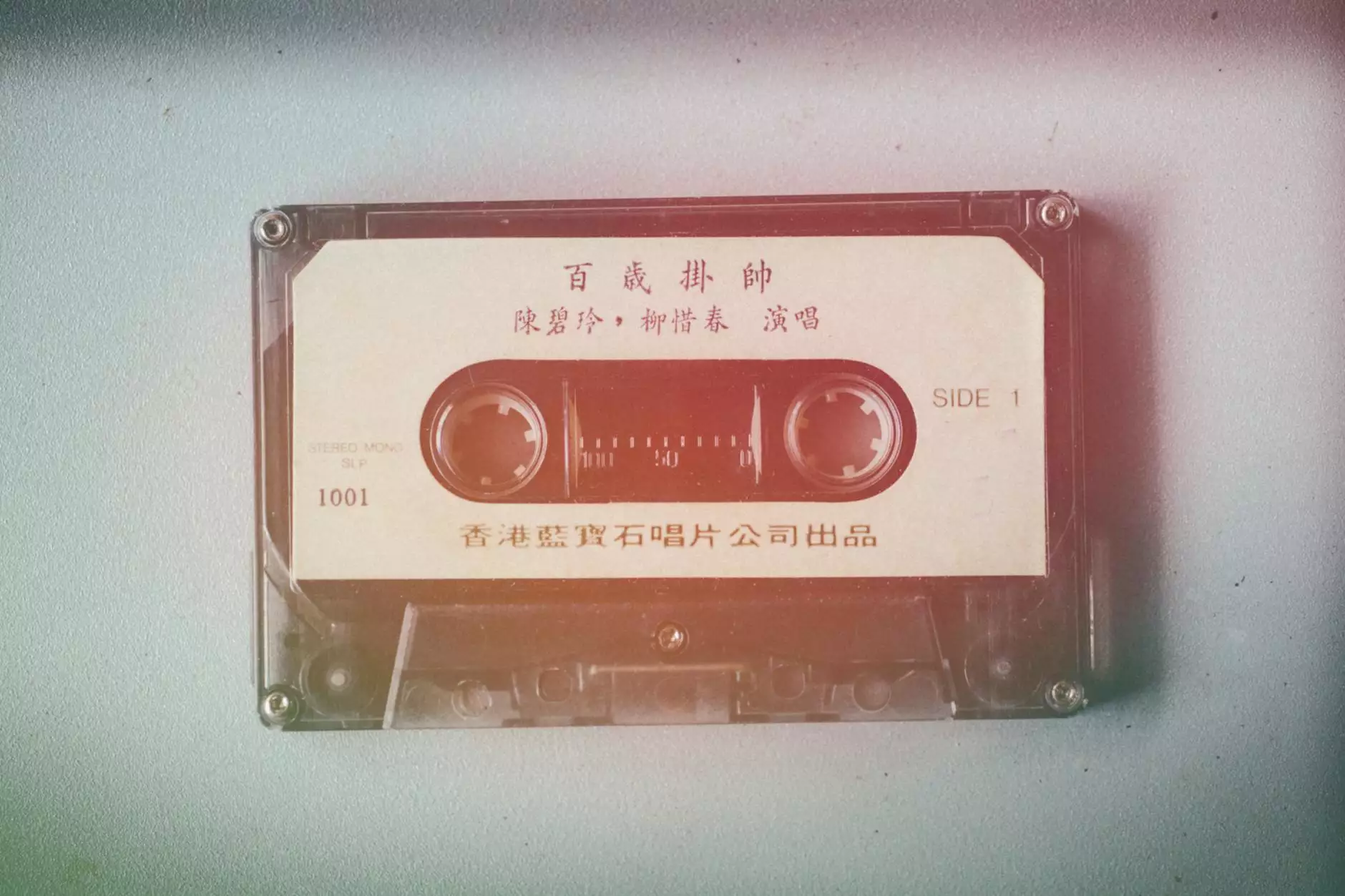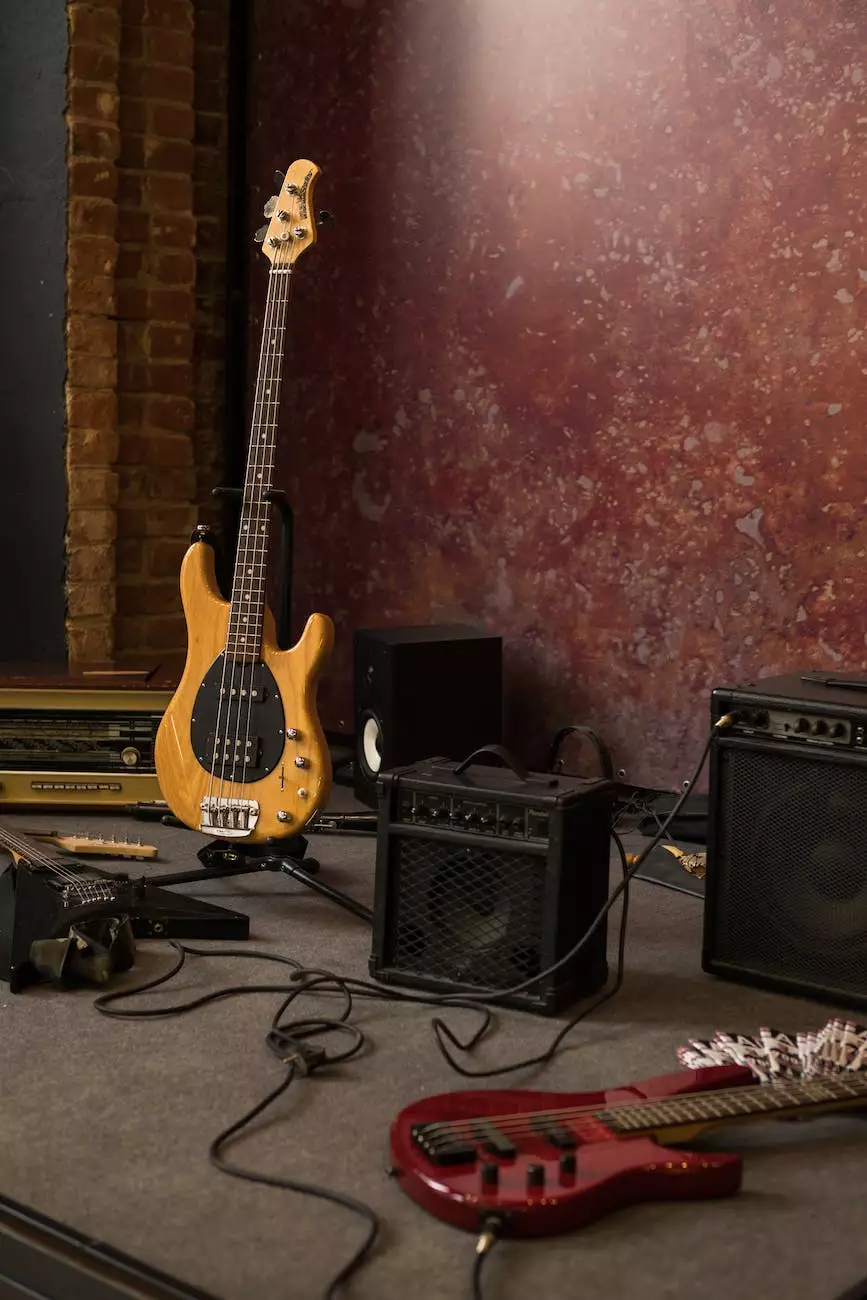Guitar Pedal Buying Guide
Technology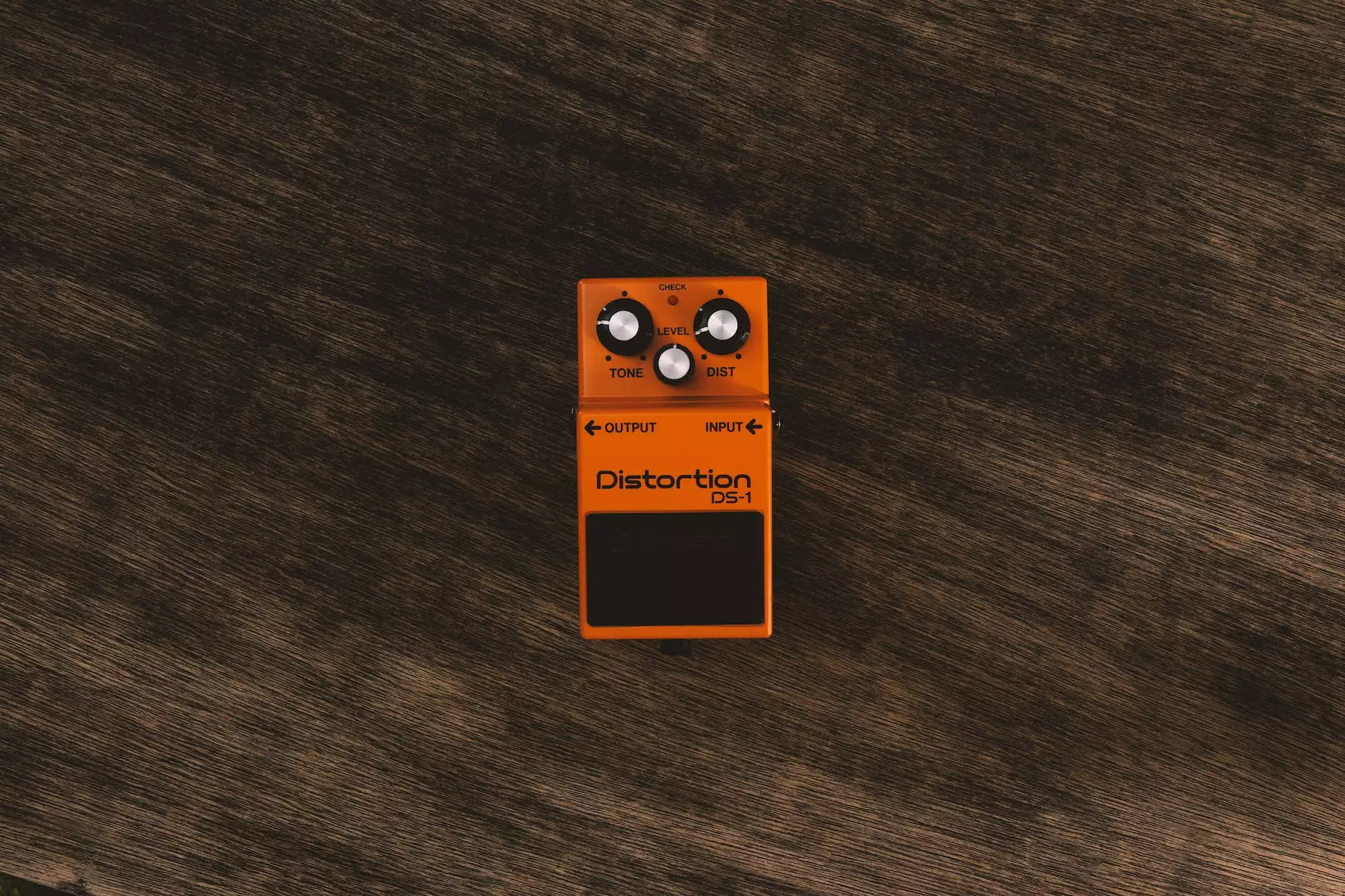
Introduction
Welcome to Cormon Cable and Distribution Inc.'s comprehensive Guitar Pedal Buying Guide! Whether you're a professional musician or an aspiring guitarist, finding the perfect guitar pedal can significantly enhance your musical experience. With the vast range of options available in the market today, it can be overwhelming to choose the right one. Our guide aims to simplify the process and help you make an informed decision.
Understanding Guitar Pedals
Guitar pedals, also known as effects pedals, are electronic devices that alter the sound of your guitar. They can add various effects, such as distortion, delay, reverb, modulation, and more. Each type of pedal serves a specific purpose and can transform the way your guitar sounds. Understanding the different types and their functionalities is crucial to ensuring you select the pedal that suits your style and requirements.
Types of Guitar Pedals
1. Distortion Pedals
Distortion pedals are commonly used in rock, metal, and punk genres. They add grit and aggression to your guitar tone, creating a saturated and distorted sound. Popular distortion pedals include the iconic Boss DS-1 and the legendary Ibanez Tube Screamer.
2. Delay Pedals
Delay pedals produce echoes and repetitions of your guitar signal, adding depth and space to your sound. They are ideal for creating ambient atmospheres and enhancing solos. Popular delay pedals include the versatile TC Electronic Flashback and the renowned MXR Carbon Copy.
3. Reverb Pedals
Reverb pedals simulate the reverberations of different environments, such as halls, rooms, or plate reverbs. They add a sense of space and depth to your guitar sound, making it more lively and immersive. Popular reverb pedals include the legendary Electro-Harmonix Holy Grail and the sophisticated Strymon BigSky.
4. Modulation Pedals
Modulation pedals, including chorus, phaser, and flanger pedals, create swirling, sweeping, and psychedelic effects by manipulating your guitar signal. They add movement and texture to your playing, allowing you to create unique and dynamic sounds. Popular modulation pedals include the versatile Boss CH-1 Super Chorus and the legendary MXR Phase 90.
5. Wah Pedals
Wah pedals, made famous by Jimi Hendrix and countless other guitarists, shape the frequency range of your guitar signal, creating a distinctive "wah" sound. They are commonly used in funk, blues, and rock genres to add expressive and dynamic elements to your playing. Popular wah pedals include the classic Dunlop Cry Baby and the versatile Morley Bad Horsie.
6. Volume Pedals
Volume pedals allow you to control the overall volume of your guitar signal with a foot pedal. They are useful for volume swells and controlling dynamic changes during your performance. Popular volume pedals include the reliable Ernie Ball VP Jr. and the innovative Boss FV-500H.
7. Compressor Pedals
Compressor pedals even out the dynamics of your guitar signal, reducing the volume of loud notes and boosting the volume of soft notes. They enhance sustain, add clarity, and ensure a balanced sound, making them indispensable for recording and live performances. Popular compressor pedals include the classic MXR Dyna Comp and the versatile Keeley Compressor Plus.
Choosing the Right Guitar Pedal
When selecting a guitar pedal, consider the following factors:
1. Musical Style
Identify the genre or musical style you primarily play. Some pedals are more suited for certain genres, and understanding this will help narrow down your options.
2. Desired Sound
Determine the specific sound you want to achieve. Whether it's heavy distortion, lush reverbs, or subtle modulation, having a clear idea of your desired sound will guide your decision-making process.
3. Budget
Set a budget range that works for you. There are pedals available at various price points, so it's essential to consider your budget while exploring different options.
4. Reviews and Recommendations
Read reviews and seek recommendations from fellow musicians or trusted sources. Real-life experiences and feedback can provide valuable insights into the quality and performance of different pedals.
5. Try Before You Buy
If possible, visit a local music store and try out different pedals. Hands-on experience will help you determine which ones feel and sound the best to you.
By taking these factors into account, you can make an informed decision and find the perfect guitar pedal to complement your playing style.
Conclusion
Congratulations! You have reached the end of Cormon Cable and Distribution Inc.'s comprehensive Guitar Pedal Buying Guide. Armed with the knowledge of different guitar pedal types and factors to consider, you are now ready to browse through our wide selection of high-quality pedals. Whether you're aiming for heavy distortion, ambient landscapes, or expressive wah sounds, we have the perfect pedal for you. Explore our collection, read reviews, and make an educated decision to enhance your musical journey. Happy pedal hunting!

